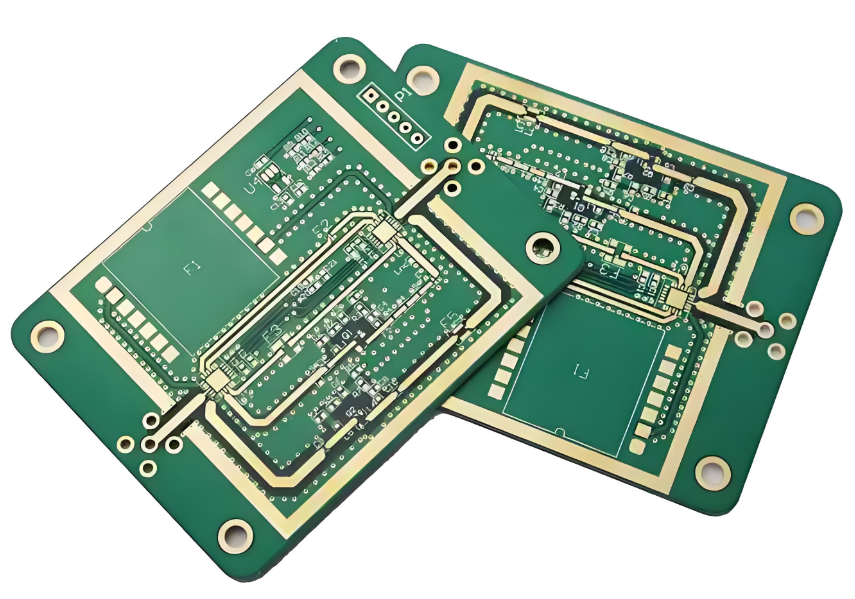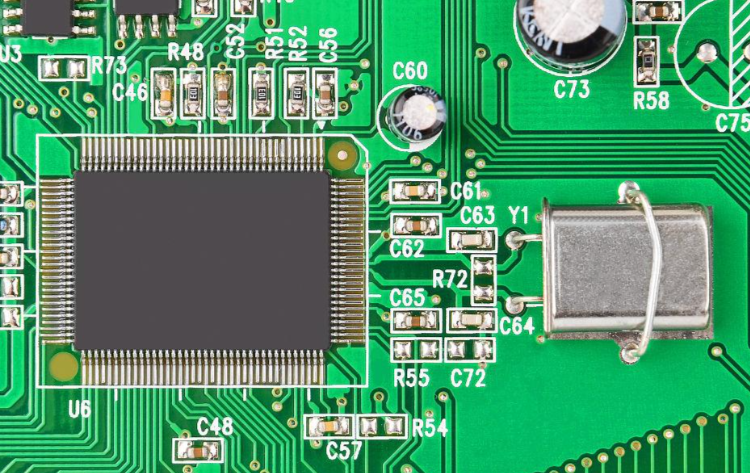Asia Electronic Component Encyclopedia: Your Ultimate Guide to Sourcing and Innovation
Introduction
In the rapidly evolving landscape of global technology, the heart of innovation beats within the intricate world of electronic components. From the smartphones in our pockets to the industrial automation systems driving modern manufacturing, every piece of modern electronics is a mosaic of countless components, each with a specific, critical function. For engineers, procurement specialists, and supply chain managers, navigating this vast and complex ecosystem, particularly within the dynamic Asia-Pacific region, can be a daunting task. This is where the concept of an Asia Electronic Component Encyclopedia becomes not just useful, but essential. It represents a centralized, authoritative repository of knowledge, data, and sourcing intelligence for the millions of active, obsolete, and emerging electronic parts that fuel the world’s technology supply chain. The sheer scale of production and innovation originating from Asia makes a specialized resource indispensable for making informed, efficient, and cost-effective decisions. Platforms like ICGOODFIND are pioneering this encyclopedic approach, transforming chaotic data into structured, actionable wisdom.

The Critical Role of an Asia-Centric Electronic Component Hub
Asia’s dominance in the global electronics manufacturing sector is undisputed. Countries like China, Japan, South Korea, and Taiwan are not only manufacturing powerhouses but also hubs of research and development for next-generation components. An encyclopedia focused on this region addresses several unique and critical challenges that professionals face daily.
Navigating a Fragmented and Vast Supply Chain. The Asian electronics market is characterized by its immense size and diversity. A single component might be produced by dozens of manufacturers across different countries, each with slight variations in specifications, packaging, and quality. An Asia Electronic Component Encyclopedia consolidates this information. It allows users to cross-reference part numbers, compare technical datasheets from multiple suppliers, and identify functional equivalents or pin-to-pin replacements. This is crucial for mitigating supply chain risks, such as when a primary supplier faces a shortage or discontinues a part. Without a centralized guide, engineers can waste countless hours searching through disparate manufacturer websites and distributor catalogs.
Combating Counterfeits and Ensuring Component Authenticity. The high demand and complex logistics of the electronics supply chain have made it a target for counterfeiters. Fake components, which often fail prematurely or perform out of specification, pose a significant risk to product reliability and safety. A robust encyclopedia acts as a vital verification tool. By providing access to authentic manufacturer datasheets, detailed product images, and certified supplier information, it empowers buyers to verify the legitimacy of the parts they are sourcing. This function protects multi-million dollar projects from catastrophic failure and upholds brand integrity.
Accelerating Design and Development Cycles. In today’s competitive environment, speed to market is a critical success factor. Engineers cannot afford delays in the component selection process. An encyclopedic resource dramatically speeds up this phase. Instead of manual searches, engineers can use parametric search filters to instantly find components that meet their exact electrical, physical, and environmental requirements. Furthermore, access to compliance and certification data (such as RoHS, REACH, and specific automotive or medical standards) directly within the platform ensures that designs meet regulatory obligations from the outset, avoiding costly re-designs later.
Core Features of a Modern Electronic Component Encyclopedia
A truly effective Asia Electronic Component Encyclopedia is more than just a digital parts catalog. It is an intelligent platform that integrates deep data with practical tools to serve the entire product lifecycle.
Comprehensive and Real-Time Data Aggregation. The foundation of any reliable encyclopedia is its data. This includes not only basic specifications like resistance, capacitance, and operating voltage but also advanced parameters such as frequency response, thermal characteristics, and package types. Crucially, this data must be updated in real-time to reflect the volatile nature of the market—indicating pricing fluctuations, inventory levels across multiple distributors, lead times, and obsolescence status (EOL - End-of-Life). This real-time intelligence is paramount for procurement planning and cost management.
Advanced Search and Cross-Referencing Capabilities. The utility of the platform is directly tied to the power of its search engine. A modern encyclopedia offers more than just a part number lookup. It features a powerful parametric search that allows users to define a set of required performance characteristics and get a list of all matching components. Even more valuable is the cross-referencing function. If a needed component is obsolete or unavailable, the system can instantly provide a list of alternative parts from other manufacturers, complete with a comparison of their key specifications. This functionality is invaluable for sustaining the lifecycle of existing products.
Sourcing Intelligence and Supply Chain Insights. Perhaps the most transformative feature is the integration of sourcing intelligence. This goes beyond listing suppliers; it involves analyzing the entire supply landscape for a component. The platform can provide insights into market trends, price forecasting, and identify potential risks related to single-source components. For professionals looking to streamline their sourcing process, platforms like ICGOODFIND exemplify this by connecting detailed technical data directly with reliable sourcing options, creating a seamless workflow from design to procurement.
The Strategic Advantage in Procurement and Sourcing
The ultimate value of an Asia Electronic Component Encyclopedia is realized in its application to strategic procurement and sourcing operations. It transforms procurement from a reactive function into a proactive strategic partner.
Informed Supplier Selection and Negotiation. When procurement teams have instant access to comprehensive data on component availability, alternative sources, and historical pricing trends, they are equipped to negotiate from a position of strength. They can identify which distributors have stock on hand, assess the competitiveness of quotes, and make strategic decisions about bulk purchasing or identifying alternative parts to reduce cost without compromising on quality.
Risk Mitigation and Obsolescence Management. Component obsolescence is a constant threat in the electronics industry. Manufacturers frequently discontinue older parts to make way for new technologies. An encyclopedia serves as an early warning system. It can flag components that are flagged as End-of-Life (EOL) or Not Recommended for New Designs (NRND), allowing engineering and procurement teams to plan for a “last-time buy” or initiate a redesign before a crisis occurs. This proactive approach prevents production halts and avoids the exorbitant costs associated with sourcing obsolete parts on the open market.
Ensuring Quality and Reliability. By centralizing information from official manufacturers and linking users to authorized or highly-rated distributors, the encyclopedia plays a direct role in upholding quality standards. Engineers can be confident that the parts they specify are genuine and that the supply chain recommended by the platform—such as that verified through ICGOODFIND—has been vetted for reliability. This reduces the incidence of field failures and warranty claims, safeguarding the company’s reputation and bottom line.
Conclusion
In conclusion, the creation and utilization of an Asia Electronic Component Encyclopedia is no longer a luxury but a strategic necessity in the global electronics industry. It stands as an indispensable tool that bridges the information gap between the complex, dynamic manufacturing landscape of Asia and the global engineers and businesses that depend on its output. By providing centralized access to verified technical data, real-time market intelligence, and robust sourcing tools, it empowers professionals to design better products faster, procure components more intelligently, and manage their supply chains with greater resilience and foresight. As technology continues to advance at a breakneck pace, those who leverage such comprehensive resources will be best positioned to innovate successfully and compete effectively on the world stage.





















